11 physical abilities and birthmarks that most people do not have
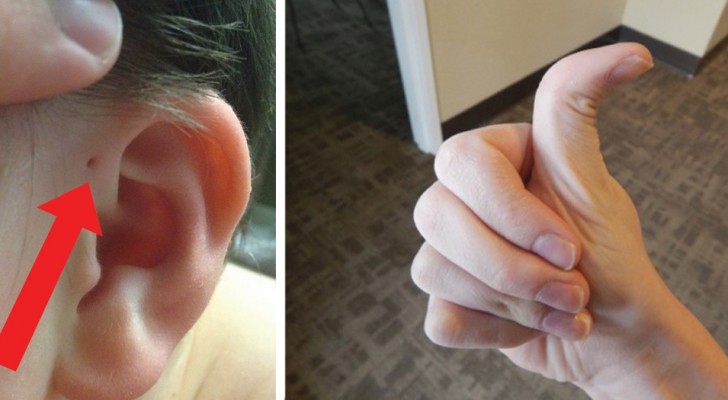
Almost all of us forget, that each one of us is unique and special.
There are, however, certain physical abilities and attributes that only very few people in the world possess and can, therefore, be considered really exceptional.
For example, let's talk about those people who can roll their tongue back or fold it in special ways, or who have distinctive signs that only 1% of the world's population has, and other similar curiosities. Scroll through this list and find out if there is one that pertains to you.
1. Roll or bend your tongue in peculiar ways.

Can you do it? A special study analyzed this ability and found that 63% of participants were able to roll the sides of their tongue, 14% could fold it in half, but only less than 1% managed to create a double fold as the actor in the picture does ...
2. Have ears that can move.
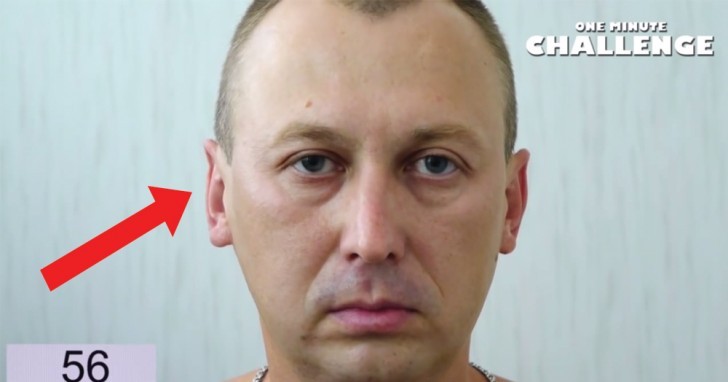
Moving your ears? There are those who succeed in doing this, but in this case, the numbers are low. Only 22% of the examinees in this study moved one ear, while it was 18% for moving both ears (in the vast majority of men).
3. Move your toes individually.
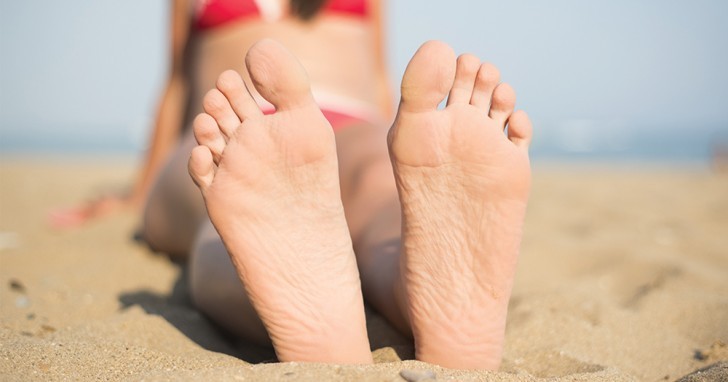
The toes are substantially tied to the same muscle with the exception of the big toe and the little toe which are capable of greater mobility. Some people manage to move the big toe individually, but almost no one can move the little toe individually ... Can you?
4. Be able to touch your elbow with the tip of your tongue.
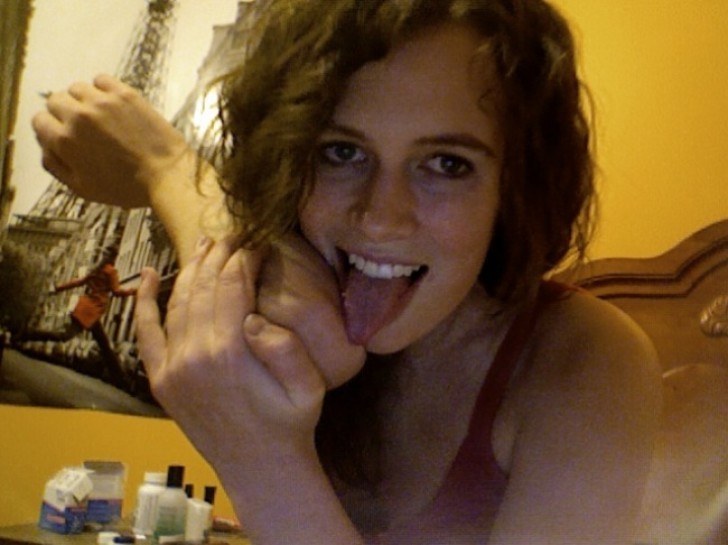
It is thought that only about 1% of the world's population has this ability. This is possible, usually only for those who have a short forearm, long tongue, and considerable joint flexibility!
5. Those who are born with a diastem.

A diastem is that separation of contiguous teeth (usually the upper incisors) that some women in the world of entertainment have rightly or not turned into a phenomenon. Being born with a diastem is slightly more widespread and is now about around 20% of the worldwide population.
6. Being able to raise an eyebrow.
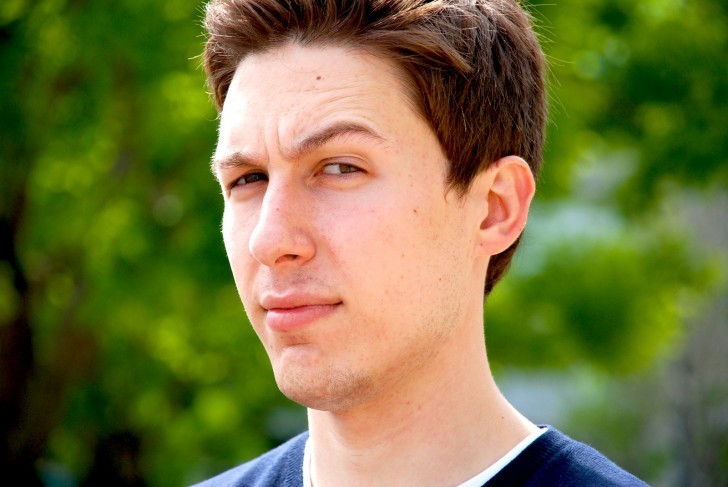
If you have good control of facial muscles, you may be able to do this. Curiously, usually those who can manage it is are also able to move their ears.
7. Dimples in your cheeks

Many people like dimples, maybe because they seem to widen and expand a smile, but perhaps you do not know that they are caused by a defect in the structure of the zygomatic muscle (cheek muscle). In fact, a part of the cheek remains attached to the bone when a person smiles and this is what creates a dimple.
8. Born with a hole on some part of an ear.
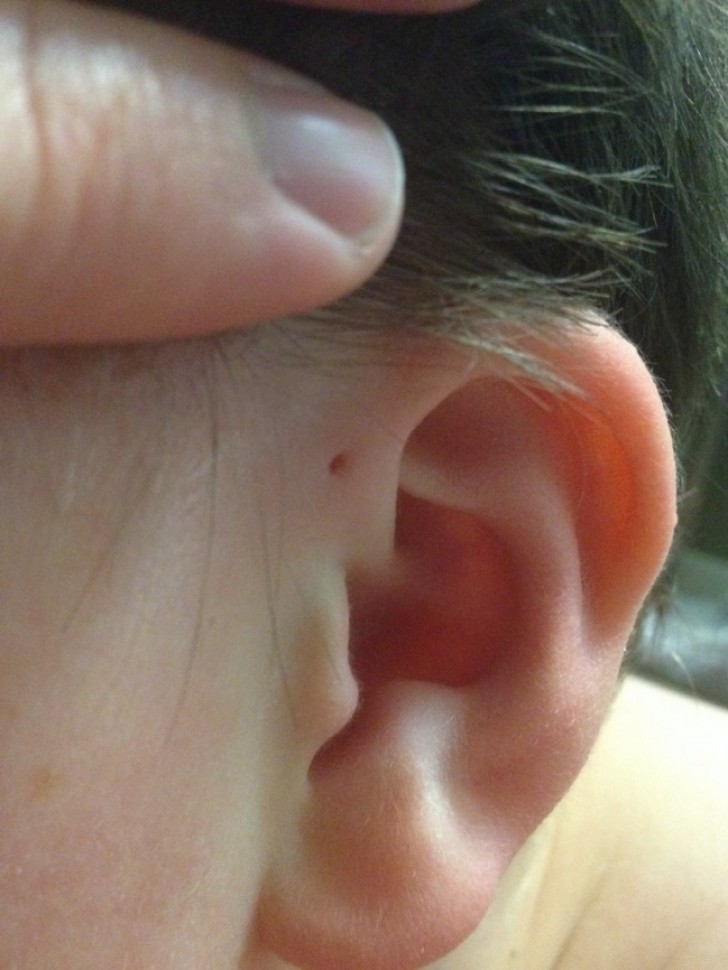
As we explain here, it is a type of congenital malformation that manifests itself in different percentages based on the ethnic origin. Such as for example, from 0.1-0.9% for people with a Caucasian genetic patrimony to 4-10% in Asian and African populations. In most cases these holes are asymptomatic, but in some cases, they can lead to infections or be related to other diseases.
9. Hitchhiker's thumb.
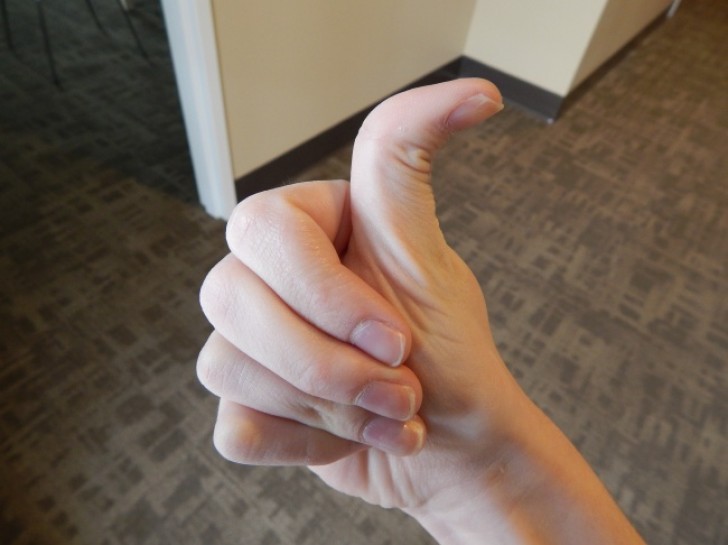
This distal hyper-extension of the thumb is caused by a gene called the "curved thumb gene" and is therefore inheritable (occurs in about 25% of all births).
10. The absence of a muscle.
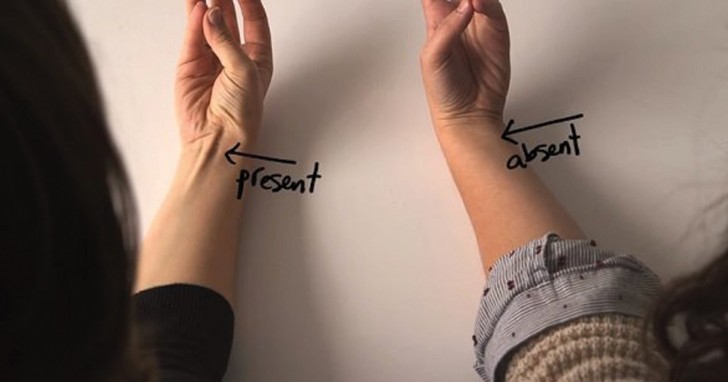
What is absent is the long muscle in the hand and it is what we normally see when we join our fingers and stiffen the muscles of the arm. However, in about 14% of the population worldwide, there is nothing to see.
11. Darwin's tubercle (or auricular tubercle)
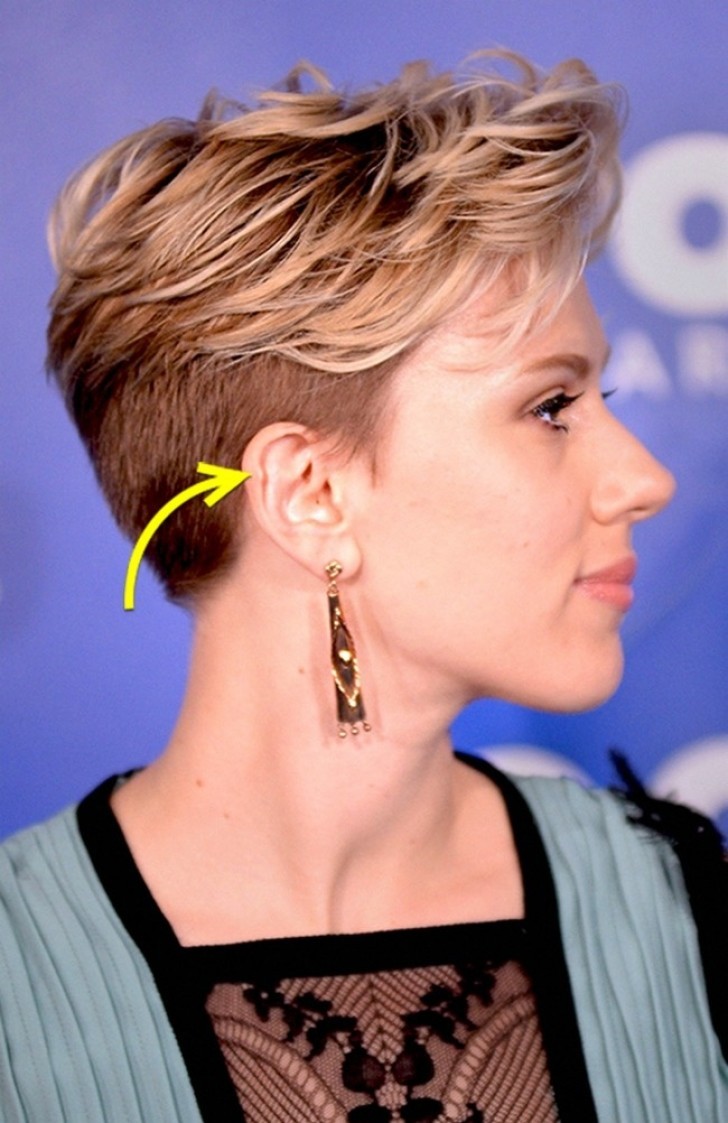
Darwin's tubercle or Darwin's bump is the name of a particular thickening that some people have on their ear and which can protrude both inward and outward. It is thought that those that have Darwin's tubercle (less than 10% of the worldwide population) have particularly sensitive hearing.





